Literomantic
Great Houses were once known for their vast libraries, as might be expected. When persecutions against
Literomancers heated up during the late Middle Ages, maintaining those libraries became more and more difficult. Punative taxation policies deliberately made keeping such libraries extremely expensive, and moving them if necessary to flee persecution was a Herculean task.
During the later days of the Reconquista, Beata Lapin, her husband Tobias, and their baby daughter Estelle were visiting a mosque in Aragon, when the mosque fell under attack from Christian raiders. The Lapins and a few of the Muslim scholars smuggled the mosque's written collection out through underground passageways, where the Lapin family's collection of written and literomantic materials was also hidden.
They took shelter at a nearby Cistercian monastery where a scholarly friend lived among the brethern. They turned away the raiders, but a particularly insistent knight noticed Tobias and his Muslim friend, and attempted to force his way past the monks. Beata acted quickly and used her Literomancy to remove the monastery from that point in space-time, thus creating the first part of the Lapin Secret Library.
While the monastery was reasonably self-sufficient, and the monks and the refugees were able to survive there for some time, they eventually grew short on certain perishable goods and clothing. However, they found that they could not leave this little pocket dimension they had almost accidentally created. Eventually, Tobias realized a key must be crafted in order to allow them to leave, and being a blacksmith, he reforged part of a bronze candleholder into a magical Key.
Turning this Key in the lock of the main doors of the cathedral returned them to the grounds of the monastery they had left; only several months had passed, and the monastery was a burned ruin, having been destroyed by the Christian raiders. But they found that the monastery within the extradimensional space, and the pocket dimension itself, remained intact.
The Lapin family fled to present-day Poland, where they mingled with the Ashkenazi Jewish population. They were on hand for the rise of the printing press and the formation of the
Polish-Lithuanian Commonwealth.
The Bunny Crown came to Ruth Lapin, the wife of Joshua Lapin, a Rabbi at a prominent synagogue in Kraków that also served as a
Yeshivot gymnasium. The Lapins flourished under the tolerant and mostly-Jewish-friendly policies of the Commonwealth, and were personally involved in the construction and maintenance of the synagogue. They invested much of their personal wealth into the structure, and they hired a prominent French cathedral architect to adapt some of the Rayonnant style into the existing Polish Gothic tradition. The end result was a massive structure that is easily the biggest part of the overall building of the Secret Library.
The Chief Rabbit, however, fully intended to have this building constructed not only to serve the Jewish community of Kraków, but to make a copy of it for their pocket dimension. This effort was intended to make more room for the expanding Lapin literomantic and literary collection, which had been built up considerably by the Lapin family as merchant-traders with expansive ties in other countries. The exact date of the enchantment has been lost to history, as has the original synagogue, which was destroyed during the
Cossack Uprising and further demolished and looted in
The Deluge. Its ruins were later repurposed for rebuilding efforts.
If the Baroque section strongly resembles a more familiar library, the library of the
Strahov Monastery in Prague, there is a reason for that. Abbot Jeroným Hirnheim was a friend of Katarzyna Lapin, the Chief Rabbit in 1670, the same year the Abbot had a new library begun in the co-called Theological Hall. In a time of
unusual cooperation and co-existence between the Jewish and Christian population of Poland, who were united against numerous external threats, the two routinely met for religious and philosophical scholarly debates. When the work on the new monastery library was completed in 1679, the Abbot granted permission for Katarzyna to make a copy of the monastery building for the Lapin Library, and asked that in return, she make use of the magical printing press to make copies of the most significant books in the monastery's library to protect them. The Lapins had the opportunity to repay the debt after the assaults of French and Bavarian troops in 1742, when Prague was bombarded and seriously damaged.
The final section, the Neoclassical section, was added near the beginning of World War II. With rising anti-semitic policies and sentiment in Poland, and the news of a pact between Nazi Germany and Soviet Russia on August 23, 1939, most of House Lapin in Poland met at a library and museum in the city of
Radom. Just after midnight on August 30, they broke in and piled whatever they could muster of their treasures and important books, including their literomantic journals, wherever they could find room. Then they all contributed their
Literomantic Power to aiding in a ritual to draw the building into the Secret Library's pocket dimension, and Dorothy Lapin, then Chief Rabbit and Queen Sable's grandmother, fled the country, carrying the collected knowledge of her House with her. Most of the Lapins were later victims of the war and the Holocaust, and the original library was bombed to the ground in the initial German air raid of September 1st.

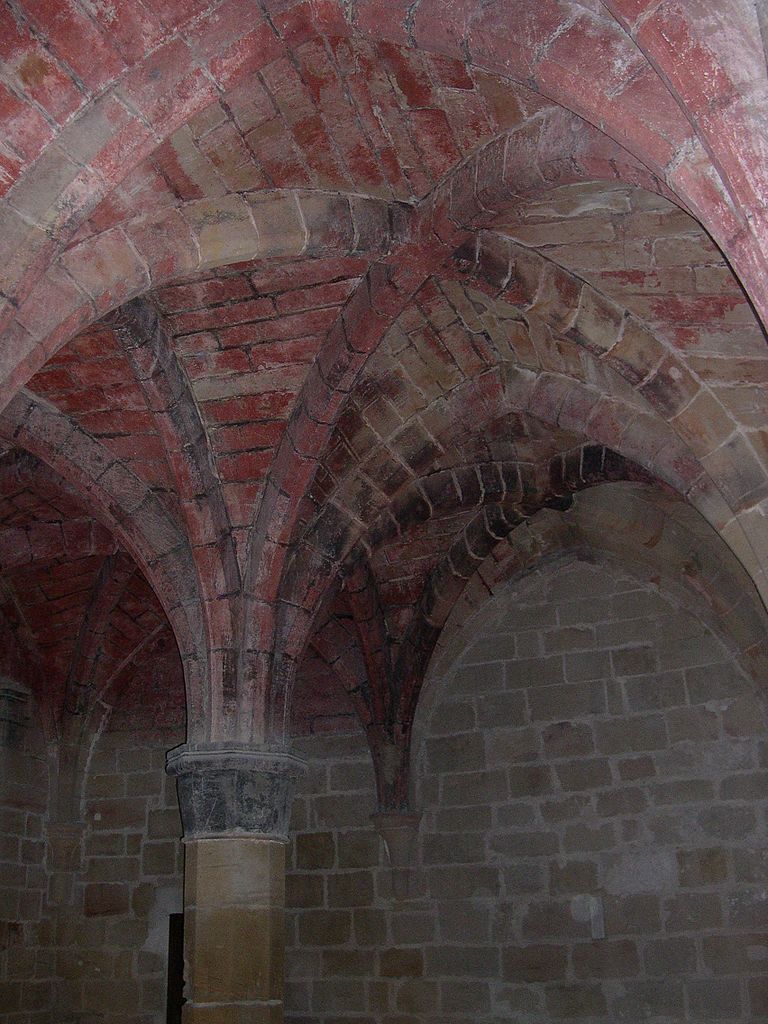
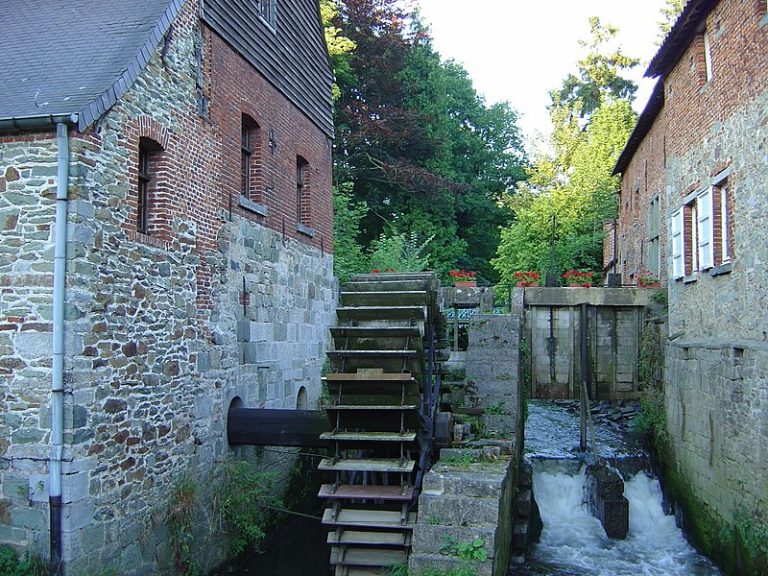
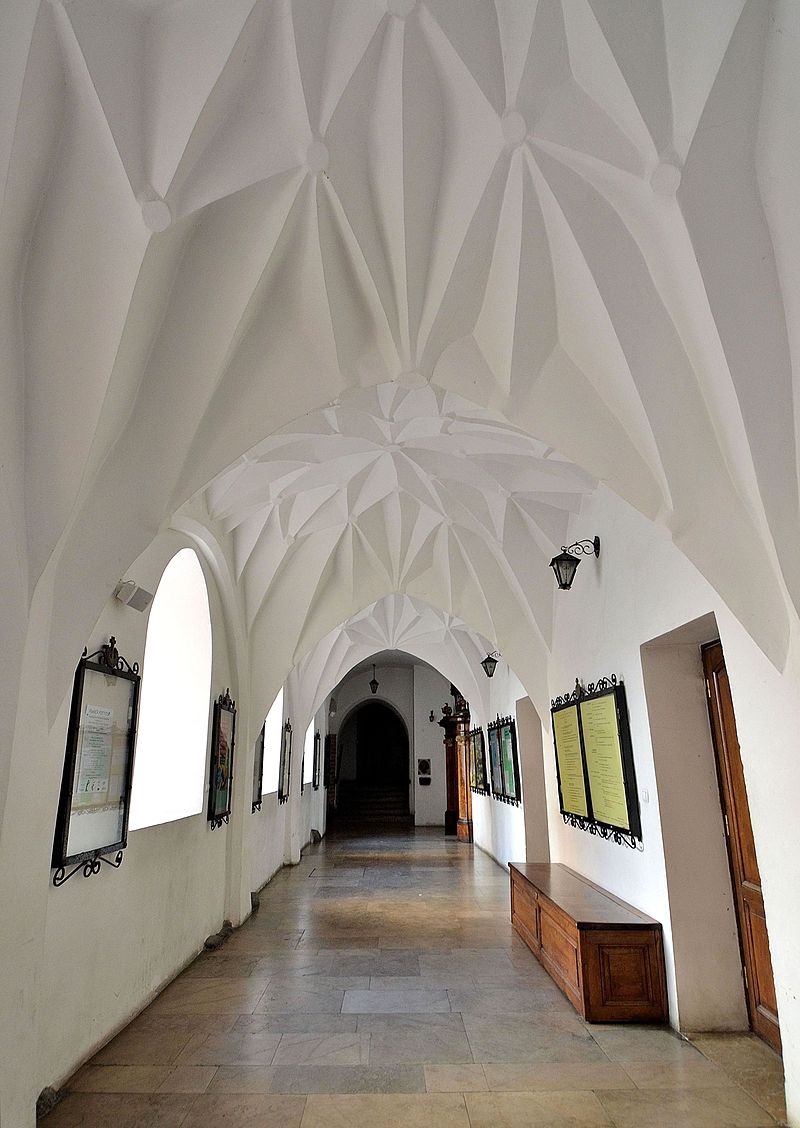
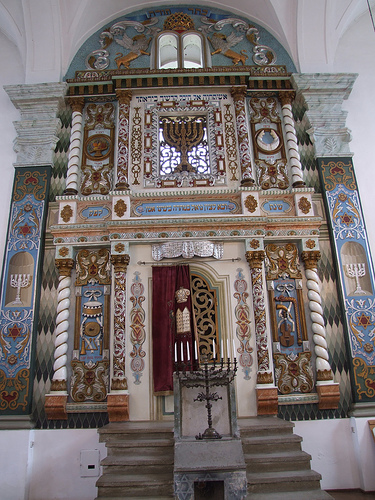
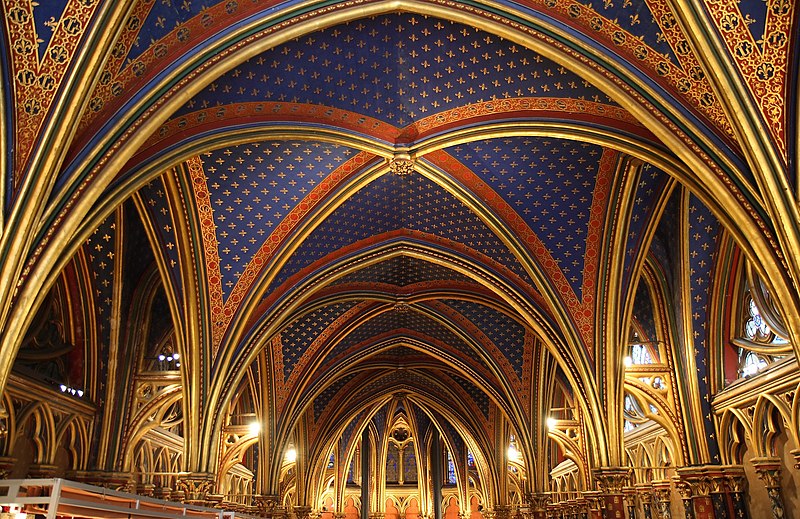
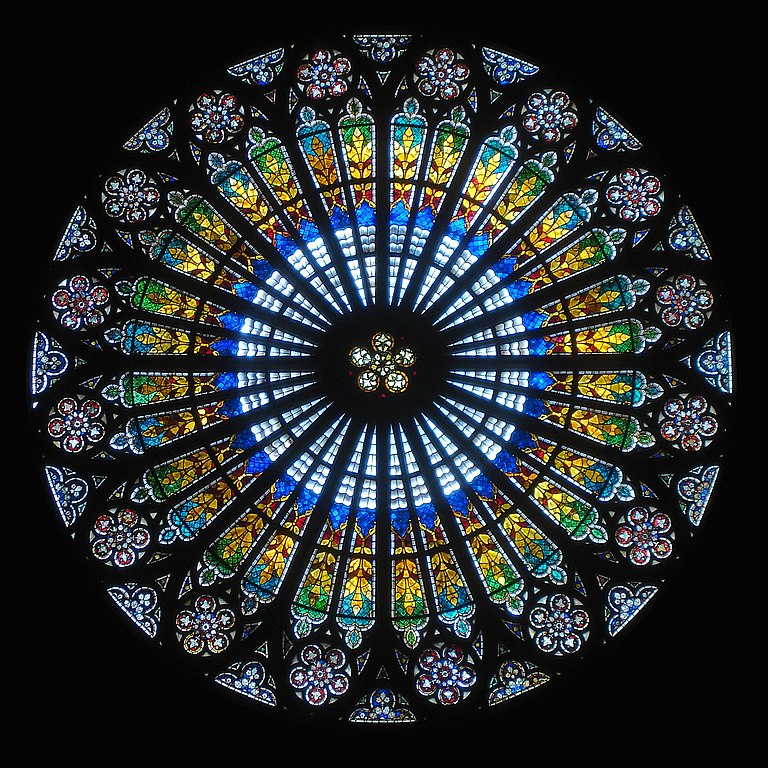
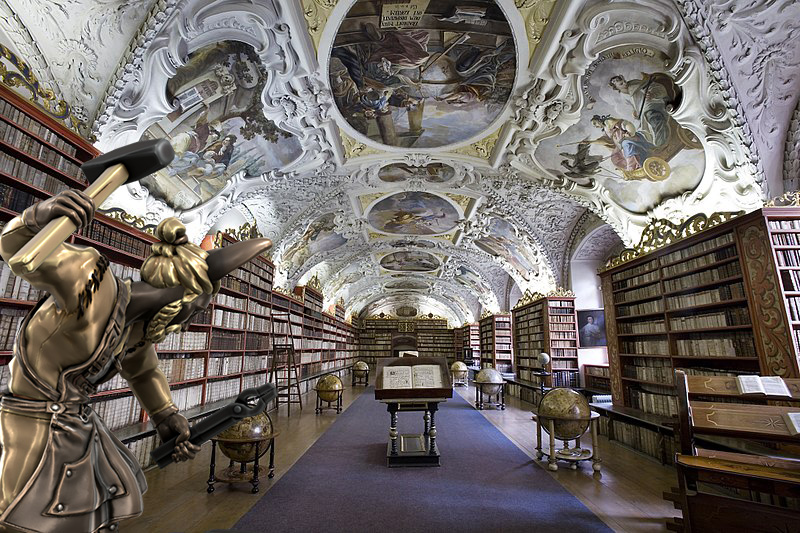

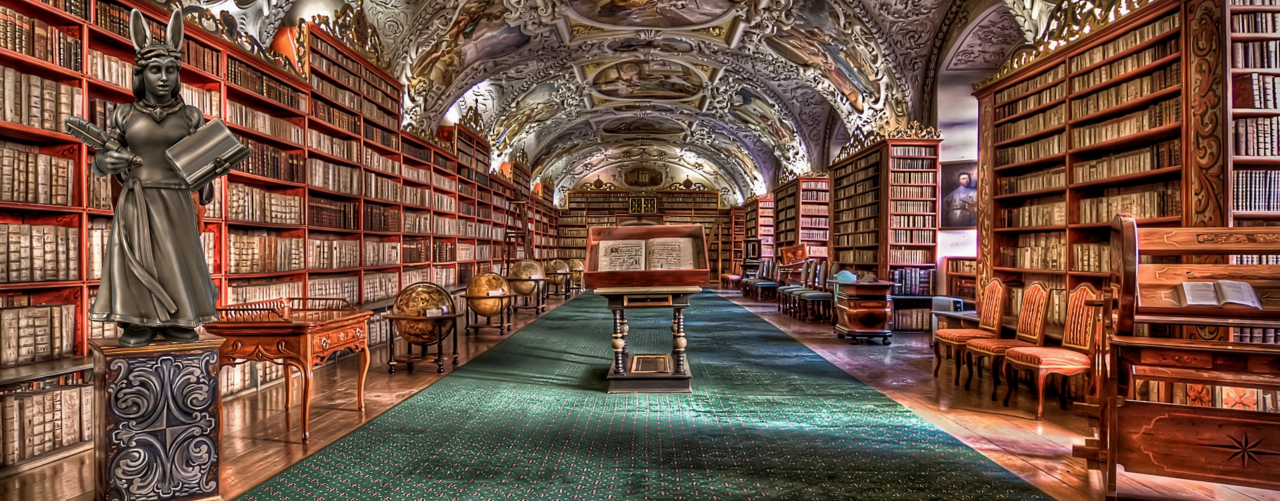
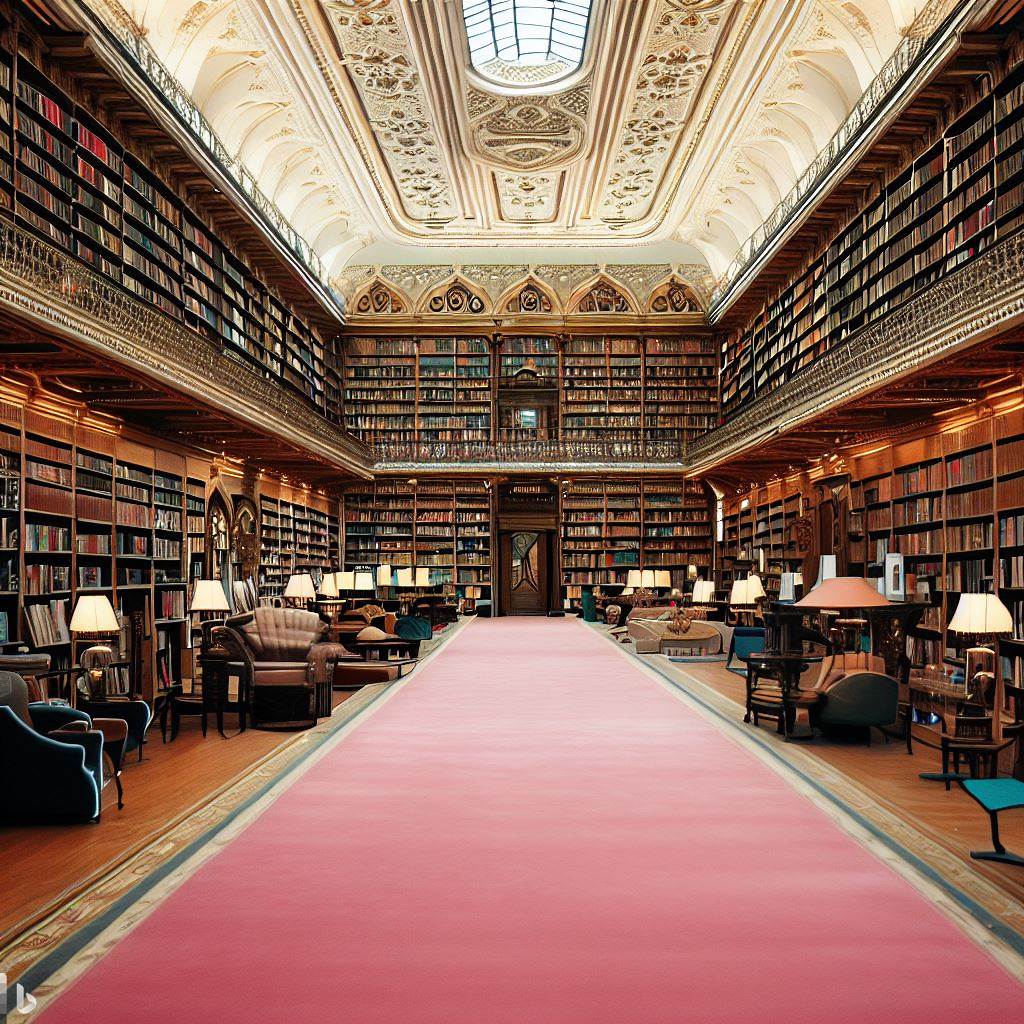
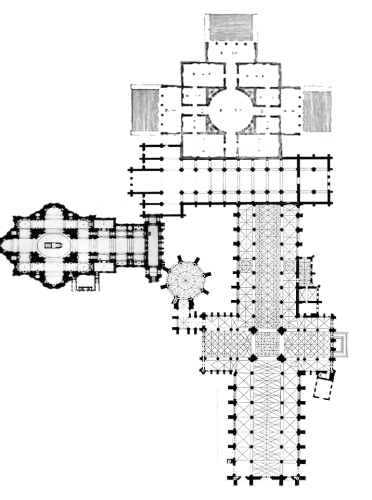
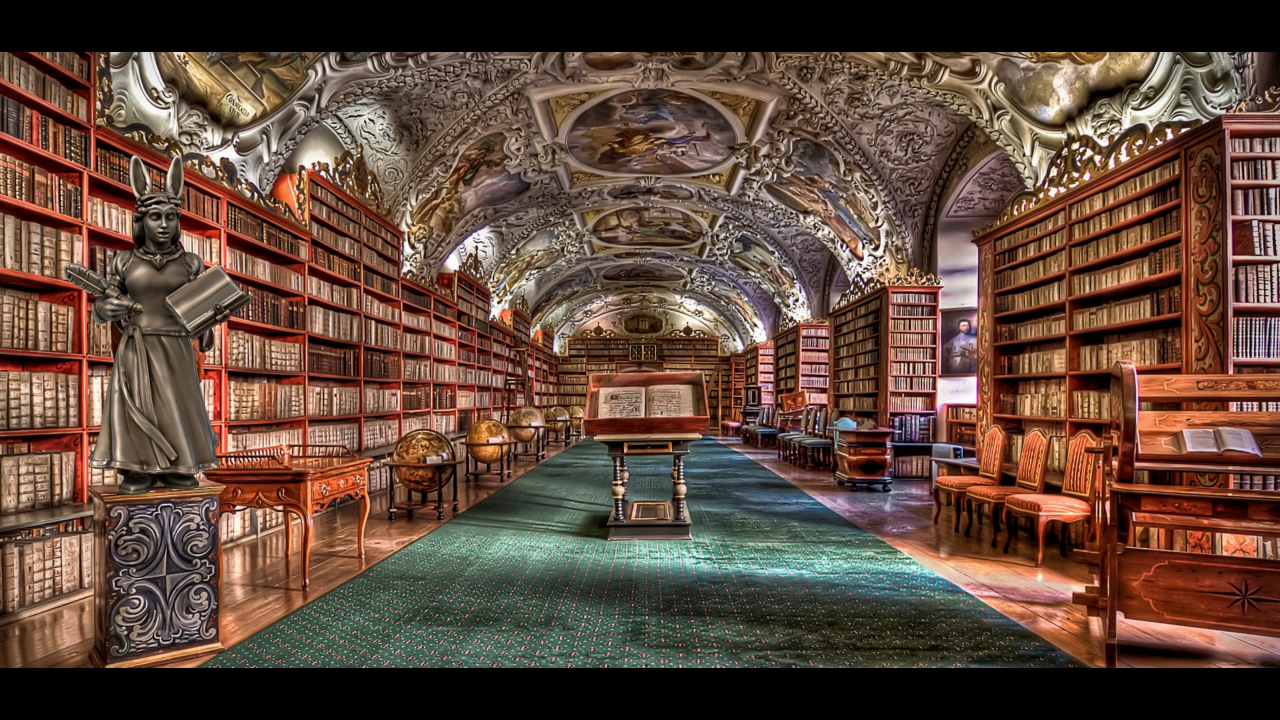
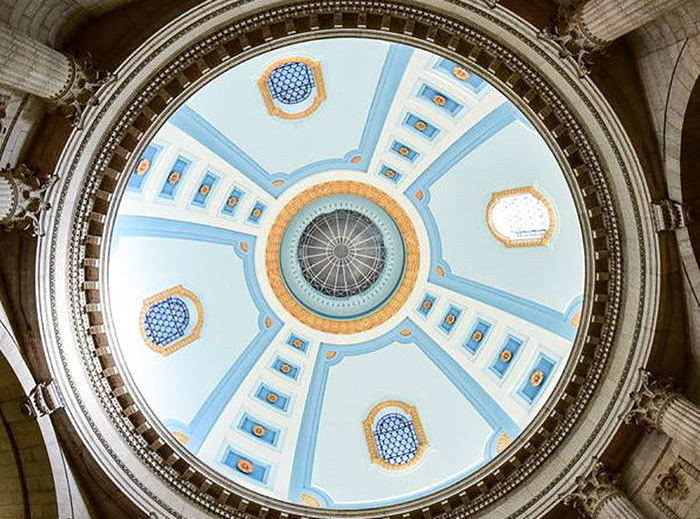
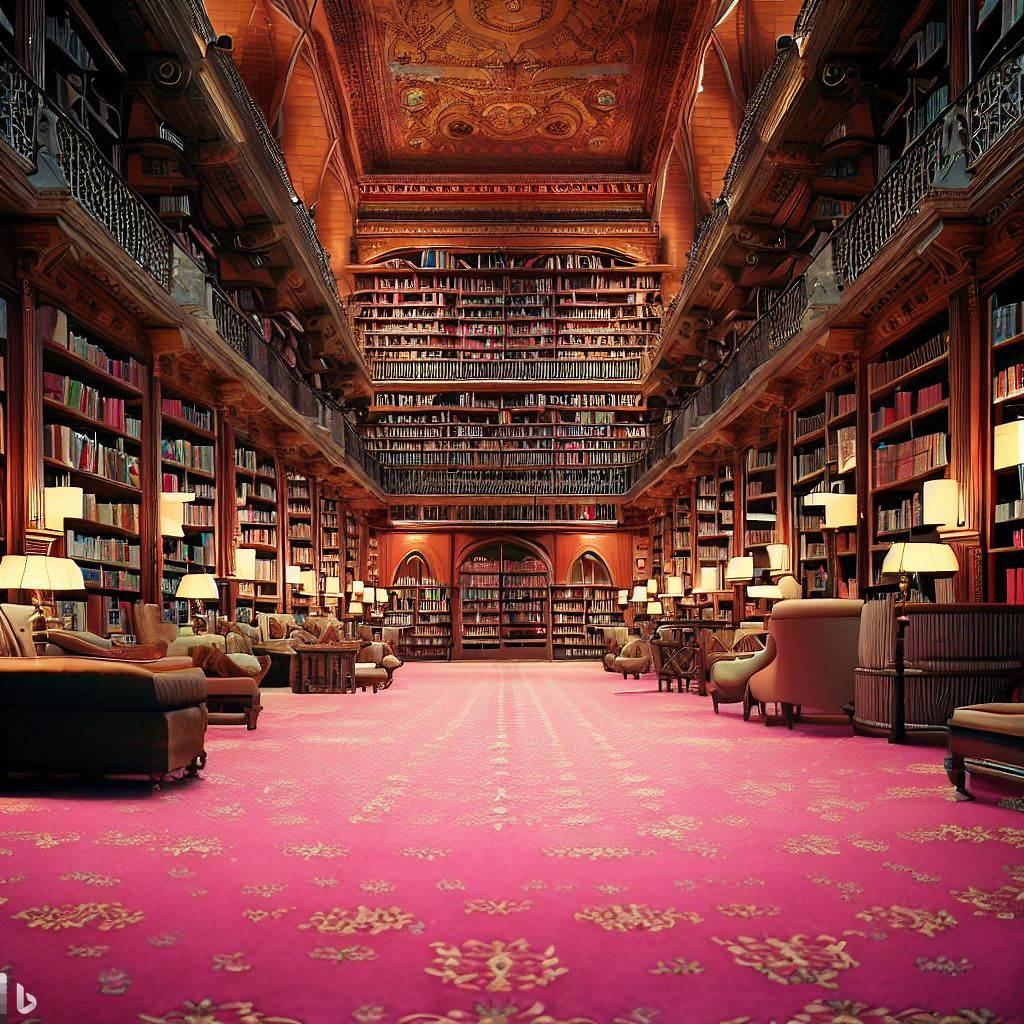
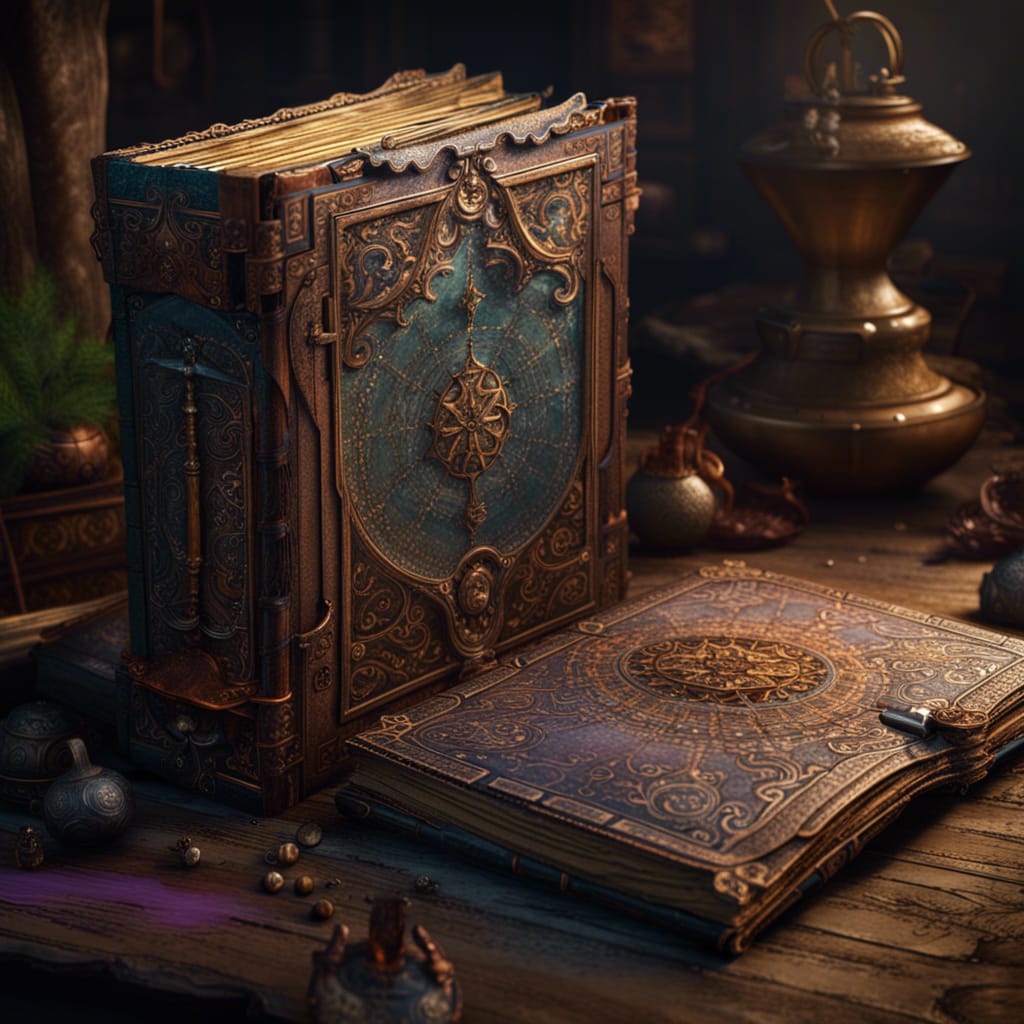






Flashbacks to art history...I liked the blueprint. I had the vibe of a cathedral-esque library that stayed with me the entire article.